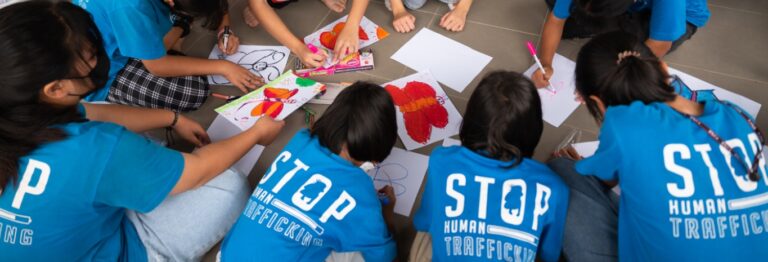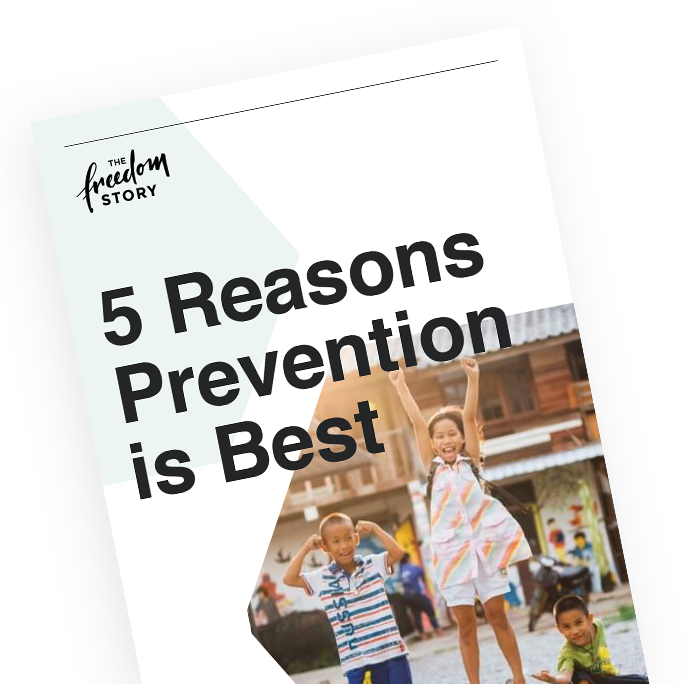And we’re not talking about household chores. Child domestic labor is a whole other category of exploitation. In honor of World Day Against Child Labor (June 12), here are some statistics on child labor for you:
- Worldwide 218 million children between 5 and 17 years are in employment.
Among them, 152 million are victims of child labour; almost half of them, 73 million, work in hazardous child labour. - Hazardous child labour is most prevalent among the 15-17 years old. Nevertheless up to a fourth of all hazardous child labour (19 million) is done by children less than 12 years old.
- 58% of all children in child labour and 62% of all children in hazardous work are boys. Boys appear to face a greater risk of child labour than girls, but this may also be a reflection of an under-reporting of girls’ work, particularly in domestic child labour. (Source: ILO)
Child Domestic Labor
Today we’ll focus on how children are sometimes used for domestic labor. This includes, for example, cooking and cleaning homes. It may also involve caring for younger children when they themselves lack the maturity to do so. This differs from household chores, which are a positive thing to contribute to the family. Chores help instill responsibility and a communal ethic. Domestic labor is when the child is employed outside their own home. It is especially problematic when it is against their will, they cannot come and go freely, it’s for little to no pay (as in the case of debt bondage), and/or it interferes with their ability to go to school.
The numbers of children engaged in this kind of exploitation may be under-reported because it happens in private homes where there is little oversight, because the children’s families need them to do the work, and because in many societies and cultures, it is viewed as a good thing rather than a bad one.
Children engage in this kind of work primarily when the family needs money to survive. It is viewed positively because they’re contributing to their family’s survival. In general, domestic labor is thought to be a safer and more appropriate way for young girls to make money than other options (for example, the sex trade). It’s often arranged through word of mouth in social networks. When families are desperate, this seems like one of the least bad choices.
The Risks of Child Domestic Labor
However, just because it is safer, does not mean there aren’t risks. According to the ILO:
Some of the most common risks children face in domestic service include: long and tiring working days; use of toxic chemicals; carrying heavy loads; handling dangerous items such as knives, axes and hot pans; insufficient or inadequate food and accommodation, and humiliating or degrading treatment including physical and verbal violence, and sexual abuse. The risks are compounded when a child lives in the household where he or she works as a domestic worker.
Furthermore, there can be detrimental effects on a child’s emotional and mental well-being. To the extent they are subject to abuse, denied the right to education and to play and leisure time, and denied the support of a loving caregiver, “these factors can have an irreversible physical, psychological and moral impact on the development, health and wellbeing of a child.” Abuse might especially be compounded when the child is an ethnic minority, subject to discrimination on the basis of their identity.
Prevention
Just like with child sex trafficking, education and poverty reduction are key to reducing child domestic labor. When families aren’t forced into pushing children to work to support the family, then children are free to pursue education and the long-term benefits and opportunities that come with it. Tackling extreme poverty and ensuring all children have access to education is essential to protecting children worldwide.



